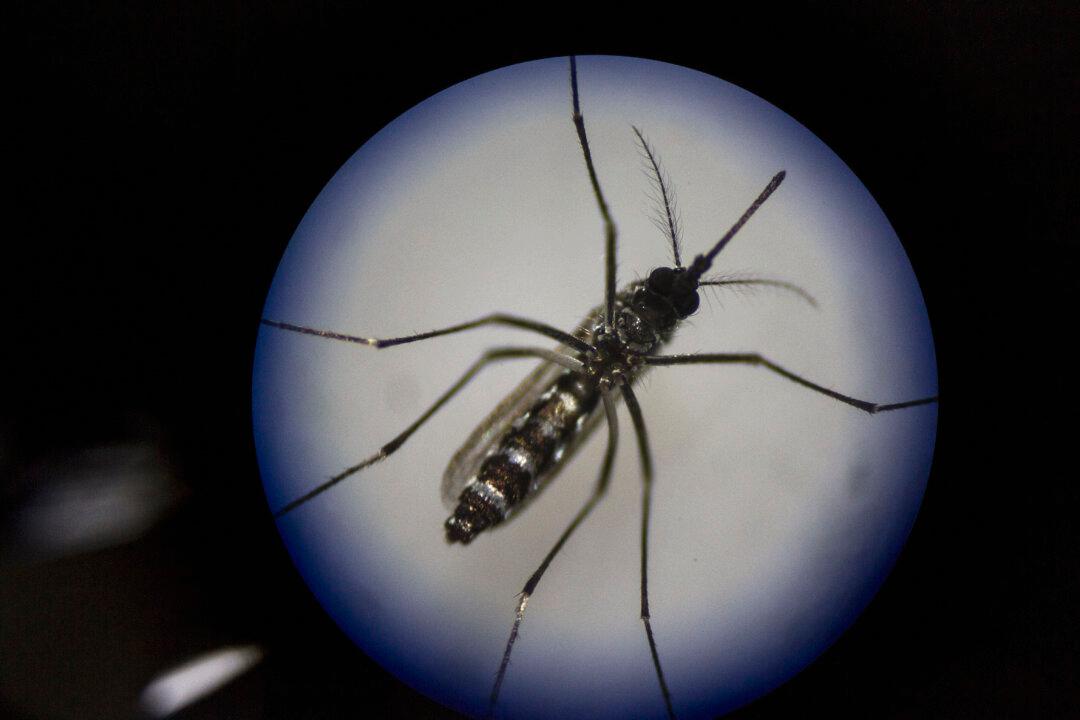Three days before Christmas in 2000, on a affluent peninsula in Stockholm, an Iraqi gang pulled off an audacious art theft of a small, but priceless self-portrait of Rembrandt at the Swedish National Museum.
With only three roads into the peninsula, the thieves set fire to cars on two of the streets and placed spike-strips on the third.
As the fiery diversions worked, drawing police and fire department resources away, the thieves entered the museum and, in less than three minutes, carried out a smash and grab robbery: They cut the hanging-wires to three paintings, making off with a pair of small Renoirs and the Rembrandt. Moored outside was a speedboat they used to race away from the scene. With not much to go on, the police knew the paintings would go underground. One of the Renoirs would be recovered a year later, then the trail went cold again.
For former FBI Special Agent Robert Wittman, who founded the Bureau’s Art Crime Team, he was drawn into the investigation in 2005… by way of a “fence” trying to sell the other Renoir from Los Angeles.
Equally audacious and well executed as the criminals in pulling off the theft, Wittman and the FBI setup their own sting operation—a baited trap, a bag filled with $245,000 in cash.
The booty was more than “show money,” it was half of the down payment in a risky trade for the Rembrandt, which measured 4“ x 8” in size, or smaller than an iPad. The final phase of each sting operation put Wittman’s life in danger. He could have been robbed or double-crossed and killed.
The Swedish police told Robert Wittman that the Iraqi gang leader would never believe he was an art broker “Bob Clay,” and admonished him that the Iraqi was violent.
Knowing better than to react to the warning, Robert Wittman relied on action, not words. Words for him—not too much, not too little, and spoken at the right time—were critical in pulling off any undercover operation.
That was one of the main points Wittman drove home in his New York Times bestselling book Priceless: How I Went Undercover to Rescue the World’s Stolen Treasures. That and not to “play hero.”
The Art of Being a Salesman
What makes Priceless a great read, besides the dozen cases he shares, are the cardinal rules he uses to remind readers that real FBI Art Crime stings are not like the Thomas Crown Affair. There are no “Pierce Brosnan or Sean Connery” master criminals in the art crime world. Seductions aren’t done in bed, but in piles of money. And sex rarely played a role in any of the operations, except for one that almost backfired on the two-year long Operation Masterpiece sting that almost recovered the $500 million of stolen paintings from 1990 Gardner Heist in Boston.
With young, scantily-clad female FBI agents used as hood ornaments to pull off a fake drug deal on a rented yacht in Miami, their overacting almost sank the operation. Their game show act made Wittman’s Bob Clay cringe, unable to control the hoopla, which made the thugs uncomfortable.
Time and again in the book, Wittman emphasizes to say just enough, but not too much. That first cardinal rule—“keep the lies to a minimum”—is critical as it’s too easy to trip yourself up when trying to remember too many lies. So his real first name “Bob” is used in Bob Clay, in case someone recognizes him in public when he’s with a perp.
He recounts twice he broke that undercover rule. Once, he told a target he was a “lawyer,” which is easy to verify online (he had to lie some more to save that operation). In the second incident, during the final minutes of the Swedish sting operation, with the LA “fence” yapping too much, he admitted he knew the fence before, but had to downplay that association. That op almost blew up because of too much small talk.
Cases and Cardinal Rules to Live By
Not all art crime cases put Robert Wittman in the line of danger. The recovery of a century-old theft of North Carolina’s original copy of the Bill of Rights pitted Bob Clay as the buyer with a Washington, DC, lawyer who, for ten years, tried to broker a deal with the state of North Carolina, in effect holding it hostage.
Sitting in a law office in Philadelphia, Wittman the art broker had a $4 million bank check in hand, was presented the stolen Bill of Rights, and then asked the Philly lawyers to leave the room so he could get the DC lawyer to confess that he was more than a broker in the deal, but part of a criminal conspiracy.
Unfortunately, the dismissed lawyers didn’t allow that to happen. They deliberately (my view) bumped the door to where the backup FBI agents were hiding. That false signal made the agents charge out before Wittman could get a confession.
In each one of the dangerous sting operations, Robert Wittman always had FBI or foreign SWAT teams in a room—usually a hotel—next door to pounce when he secured stolen art or got a confession to a crime. Sometimes he had other undercover FBI agents or foreign police beside him; other times negotiations took hours in smoke-filled rooms; still other stings were as simple as following up minor leads.
Other cardinal rules he tells the reader in his fast-paced, engrossing book are “to be yourself”—actors have many takes, agents get one chance—and to be a “salesman.”
Being successful at undercover work is the ability to build and win the trust of the perps, so that he could move closer to an exchange and arrest. He reminds readers that art crime is all about “brute greed,” and that the mastermind criminals look more like construction workers and truck drivers than movie stars.
His greatest art crime hits include the recovery of stolen Norman Rockwell paintings from Brazil; taking down of two con artist appraisers on PBS Antique Roadshow; a Rodin stolen in Philadelphia; the decades-old theft of Civil War artifacts from the Philadelphia Historical Society; $66 million in two Picasso paintings stolen from the painter’s daughter Maya and granddaughter Diana Picasso; and a gold mask—called the Backflap—from a Peruvian antiquity site.
In little over a decade, Wittman recovered more than $300 million in stolen art, with only an FBI turf war that derailed him from rescuing the $500 million artwork in the Gardner Heist from Corsican organized families in Spain and Southern France.
During the final exchange of the stolen Rembrandt, Bob Clay the art broker has to check the authenticity of the painting, and Wittman writes in Priceless:
“I squinted as I raked the ultraviolet light across the painting, about an inch from the surface. An untouched, original work carries the same uniform dull glow throughout the surface.” Such as a forged signature.
He educates the reader without being pedantic, again using an economy of words, whether as author or undercover salesman, explaining:
“Every painting has a fingerprint: the crackling that forms over the years as the varnish dries, creating a random and distinct pattern.”
Other distinctive properties include spending more time checking the back of a painting’s canvas, its frame, to check for museum markings, and see how it’s attached.
New Book and Career
In meeting Robert Wittman in Philadelphia at an undisclosed location, he shows no wear and tear from his 20-year career in the FBI, just a seasoned professional, who has seen a lot, experienced the thrills of danger. His gray wavy hair, unmarked face with a broad smile radiates the salesman who enjoyed the trips into unchartered waters: the unknowns of traveling abroad and recovering stolen works of art. That was his adrenalin rush.
“Do you have another book in you?” I asked.
“I do. The next book is called Devil’s Diary,“ he said. ”I am writing it now. It will be out in September 2015 with Harper Collins.”
“What’s it about?”
“The recovery of the missing Third Reich diary of Alfred Rosenberg. It was a recovery that I made in Lewiston, NY, in June for a man who lives in Canada. The Rosenberg Diary was used to convict Nazi’s at the Nuremberg Trial,” he answered.
That recovery is one of Wittman’s post-FBI cases he solved with his art crime consulting company he formed with his wife and son.
At Robert Wittman, Inc., a “security protection and recovery of your art investment” company, each June he teaches a weeklong workshop on art crime techniques in Philadelphia with a Montgomery County, MD, police specialist on property crimes.
“The workshop is held in June as it’s aimed at college grads, PhD art professors, criminologists, and others who want to learn about the intricacies of how to solve art crimes,” he said.
Today, his clients include private art collectors, museums, auction houses, governments, and corporations, including art insurance companies.
For those who are interested in art and its crimes, I recommend reading Priceless, a high-octane book with thrilling insider information you just can’t find on the Internet.




